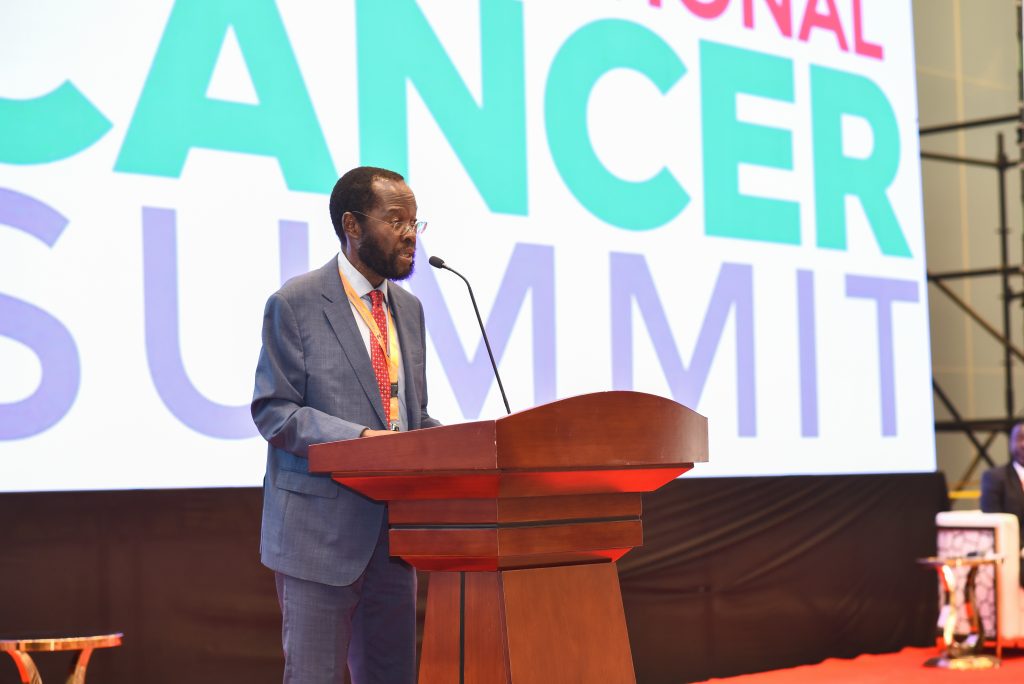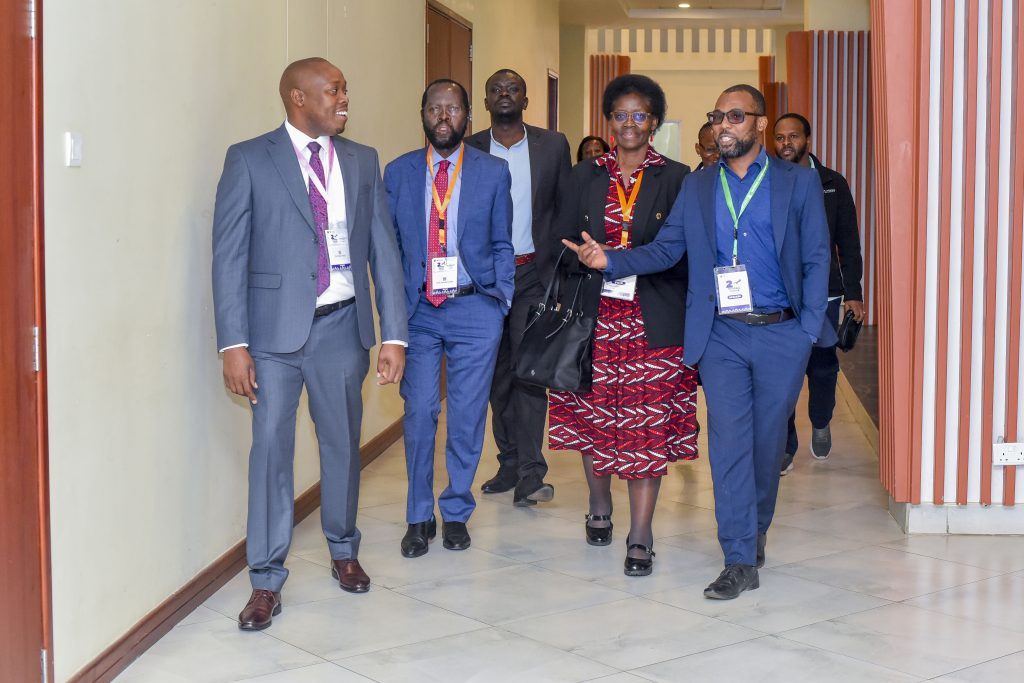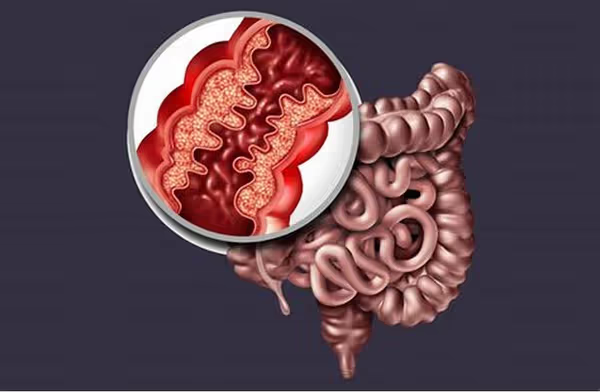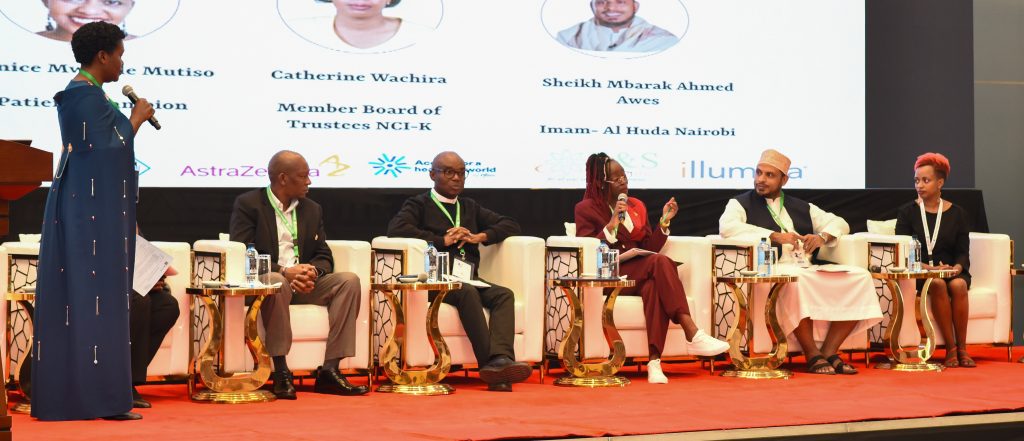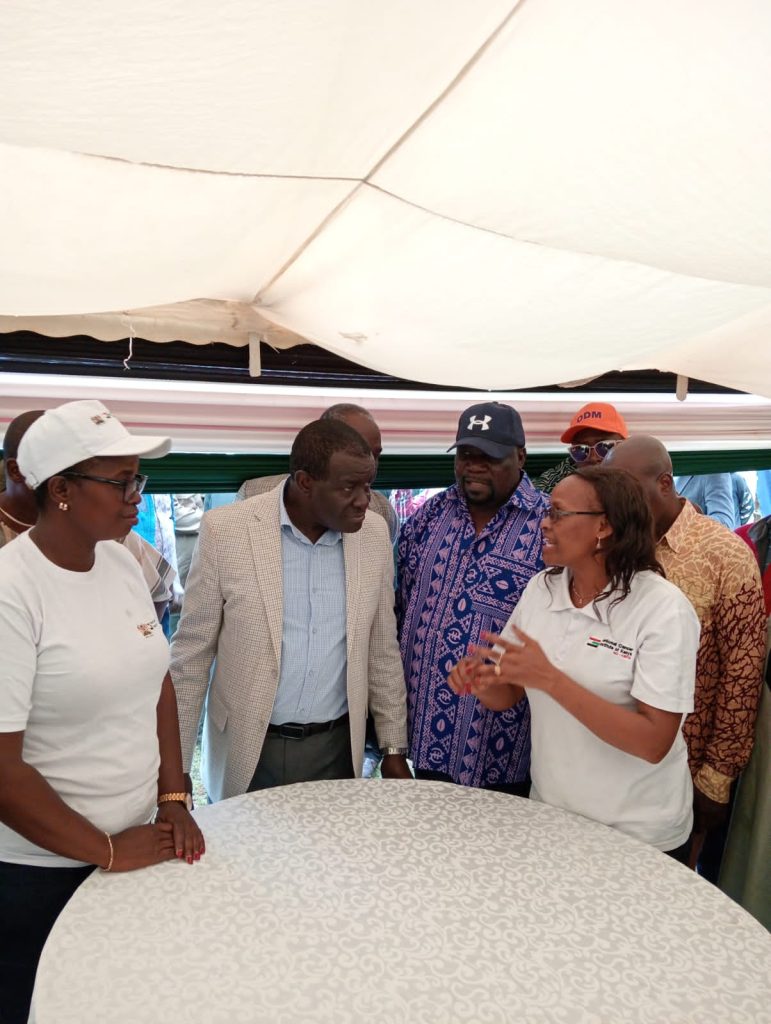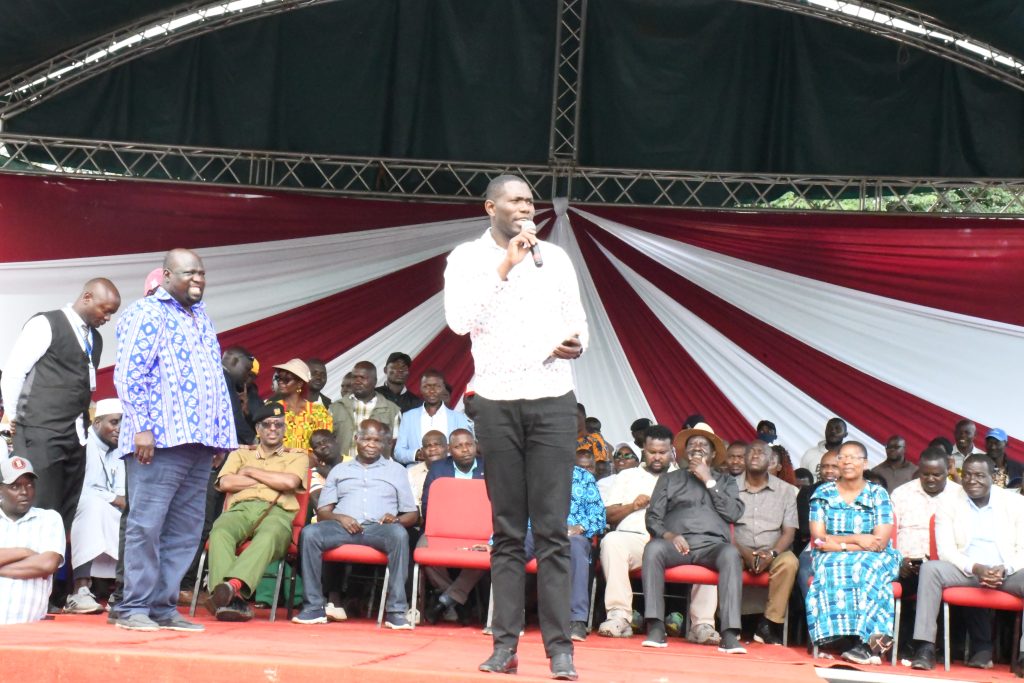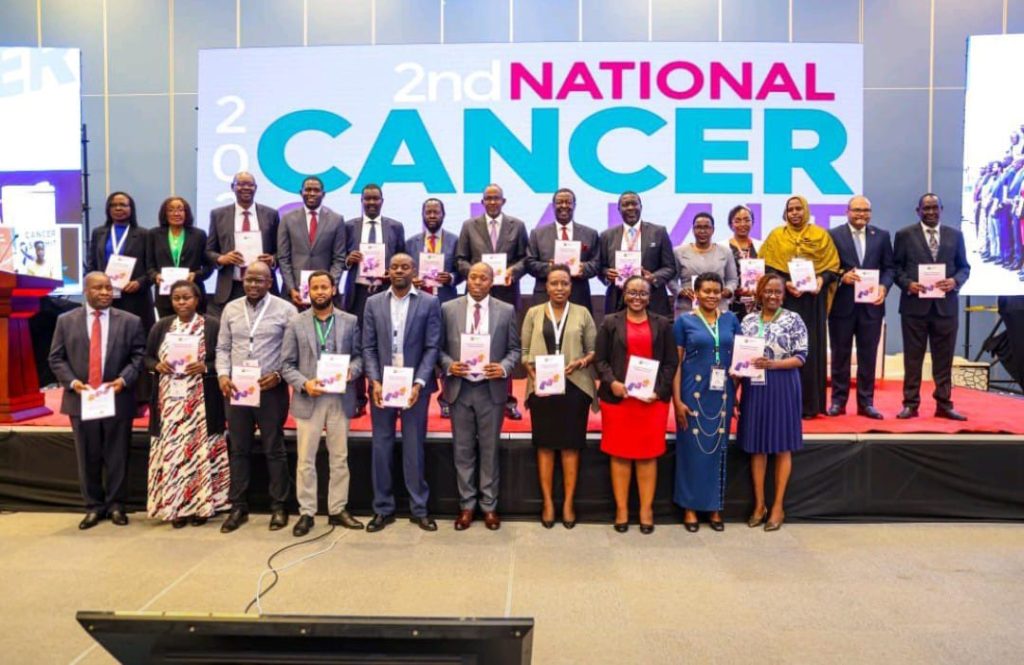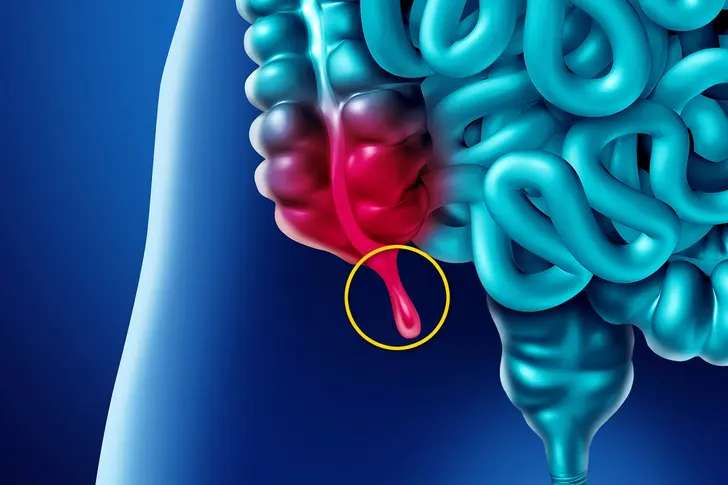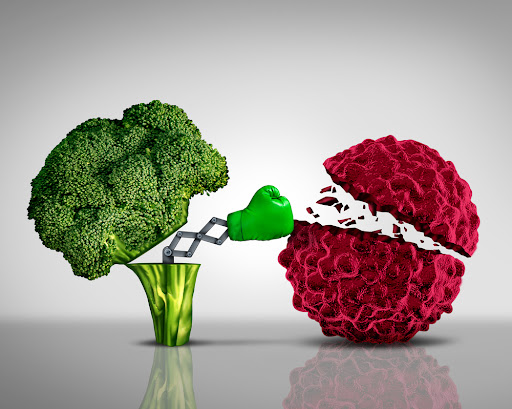In a powerful address at the recent National Cancer Summit, Cabinet Secretary Hon. Aden Duale EGH, highlighted that cancer is a national emergency, not just a health crisis. He shared statistics, noting that every day, over 120 Kenyans are diagnosed, and close to 29,000 lives are lost each year. These aren’t just numbers; they represent people, families, and shattered dreams.
Cabinet Secretary Aden Duale’s speech focused on the collective efforts being made to combat this crisis, stating that regional cancer centers are now operational across various counties, a significant step toward improving access and equity, The National Equipment Service Project has equipped hospitals with essential tools. For example, mammograms have been installed in Kisumu and Kerugoya, and CT scans are now operational in 15 county referral hospitals.

He further added that The Ministry of Health is expanding screening for various cancers, including breast, cervical, and prostate cancer, through community health promoters and mobile outreach teams. Through the Taifa Care initiative, the Ministry of Health is building a more responsive health system under CS Duale leadership. He celebrated a new partnership with Roche, which has drastically reduced the cost of certain cancer treatments for eligible beneficiaries.
Hon. Aden Duale urged all stakeholders to join the fight. He called on county governments to prioritize cancer in their budgets, healthcare professionals to lead with compassion, and the private sector to invest in localized, affordable solutions. He also encouraged the media, civil society, survivors, and citizens to raise awareness and unite their voices.
